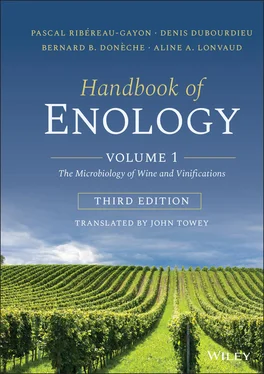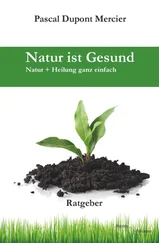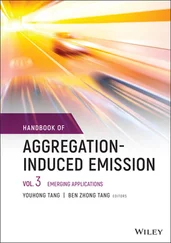Rules concerning the taxonomy of yeasts and other fungi fall under the International Code of Nomenclature for algae, fungi, and plants. Its most recent version was adopted in 2005, during the 17th International Botanical Congress in Vienna, Austria ( http://ibot.sav.sk/icbn/main.htm). According to the current taxonomy, genera are classified in alphabetical order according to four groups: teleomorphic ascomycetes, anamorphic ascomycetes, teleomorphic basidiomycetes, and anamorphic basidiomycetes. The terms “teleomorphic” and “anamorphic” refer, respectively, to the sexual and asexual forms.
Taking into account synonymy and physiological races (varieties of the same species), at least 4,000 names for yeasts have been used since the 19th century. However, the species of yeasts likely to be highly present in the grape and in wine, intervening as an agent of alcoholic fermentation or responsible for wine spoilage, are more limited. Table 1.1presents the classification of the main order Saccharomycetales , to which grape and wine yeasts belong. Basidiomycetes are not found in this table, as none of the main genera of grapevine and grape yeasts belong to that phylum.
1.8.2 Evolution of the General Principles of Yeast Taxonomy and Species Delimitation
Yeast taxonomy (from the Greek taxis : putting in order), and the taxonomy of other microorganisms for that matter, includes classification and identification. Classification groups organisms into taxa according to their similarities and/or their ties to a common ancestor. The basic taxon is species. A species can be defined as a collection of strains having a certain number of morphological, physiological, and genetic characteristics in common. This group of characteristics constitutes the standard description of the species. Identification compares an unknown organism to individuals already classified and named that have similar characteristics.
TABLE 1.1 Classification of Grape and Wine Yeast Genera (Kurtzman et al., 1994)
| Phylum |
Subphylum |
Order |
Families |
Genera |
| Ascomycota |
Saccharomycotina |
Saccharomycetaceae |
Saccharomycetales |
Saccharomyces Kluyveromyces Torulaspora Zygosaccharomyces Kazachstania Lachancea |
| Pichiaceae |
Pichia Brettanomyces Dekkera |
| Metschnikowiaceae |
Metschnikowia |
| Debaryomycetaceae |
Debaryomyces Lodderomyces |
| Saccharomycodaceae |
Hanseniaspora Kloeckera Saccharomycodes |
| Saccharomycetales Incertae sedis |
Wickerhamo‐mycetaceae |
Candida |
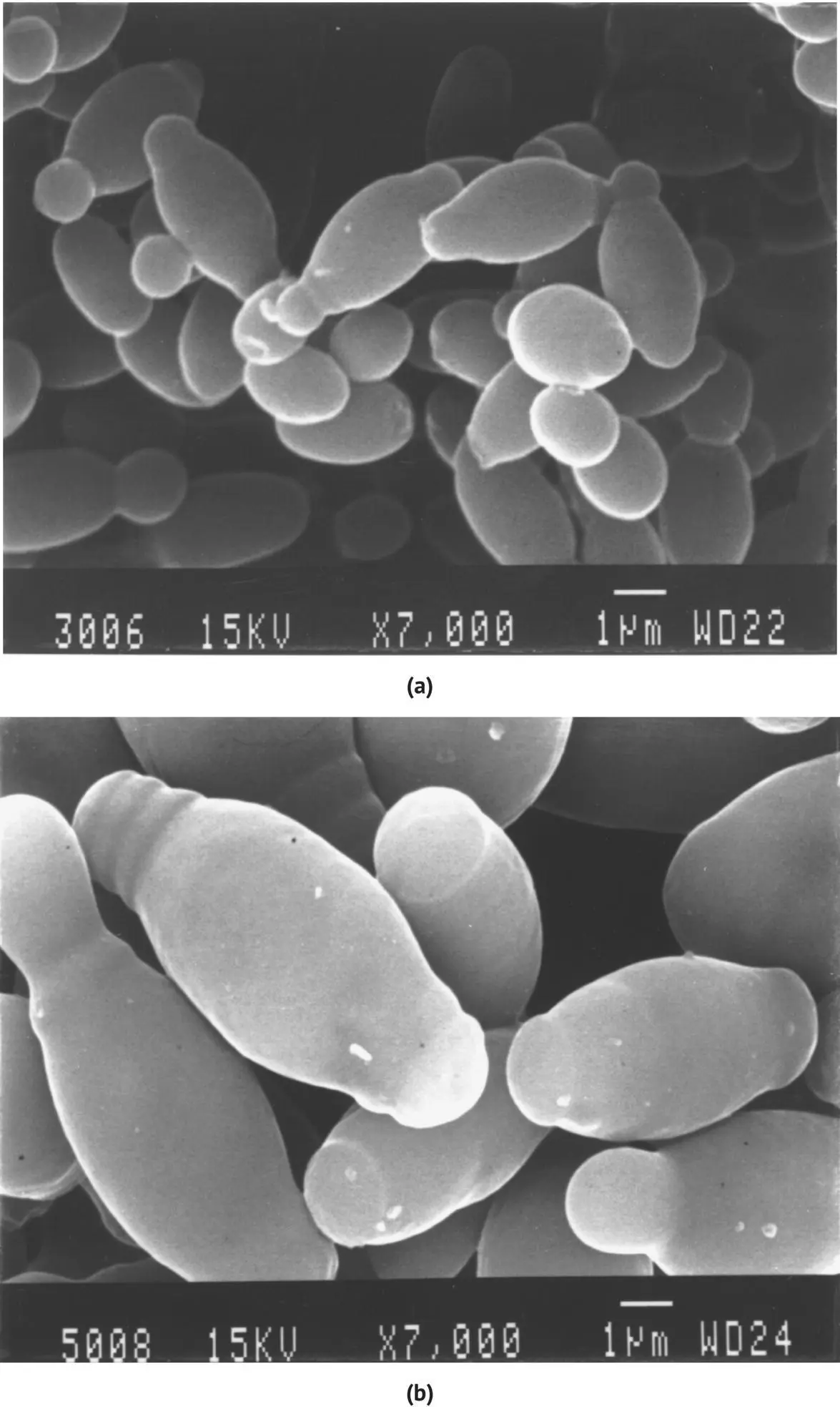
FIGURE 1.19 Observation of two winemaking yeast species having an apiculate form
( Source: Photographs from M. Mercier, Department of Electron Microscopy, Université de Bordeaux 1.)
(a) H. uvarum . (b) S. ludwigii .
Taxonomists first delimited yeast species using morphological and physiological criteria. The first classifications were based on the phenotypic differences between yeasts: cell shape and size, spore formation, cultural characteristics, fermentation and assimilation of various sugars, assimilation of nitrates, growth‐factor needs, and resistance to cycloheximide. Ribéreau‐Gayon et al . (1975) described the application of these methods to wine yeasts in detail. Since then, many rapid, ready‐to‐use diagnostic kits have been proposed to determine yeast response to different physiological tests. Lafon‐Lafourcade and Joyeux (1979) and Cuinier and Leveau (1979) designed the API 20 C system for the identification of winemaking yeasts. It contains eight fermentation tests, 10 assimilation tests, and a cycloheximide resistance test. For a more complete identification, the API 50 CH system contains 50 substrates for fermentation (under paraffin) and assimilation tests. Heard and Fleet (1990) developed a system that uses the various tests listed in the work of Barnett et al . (1990).
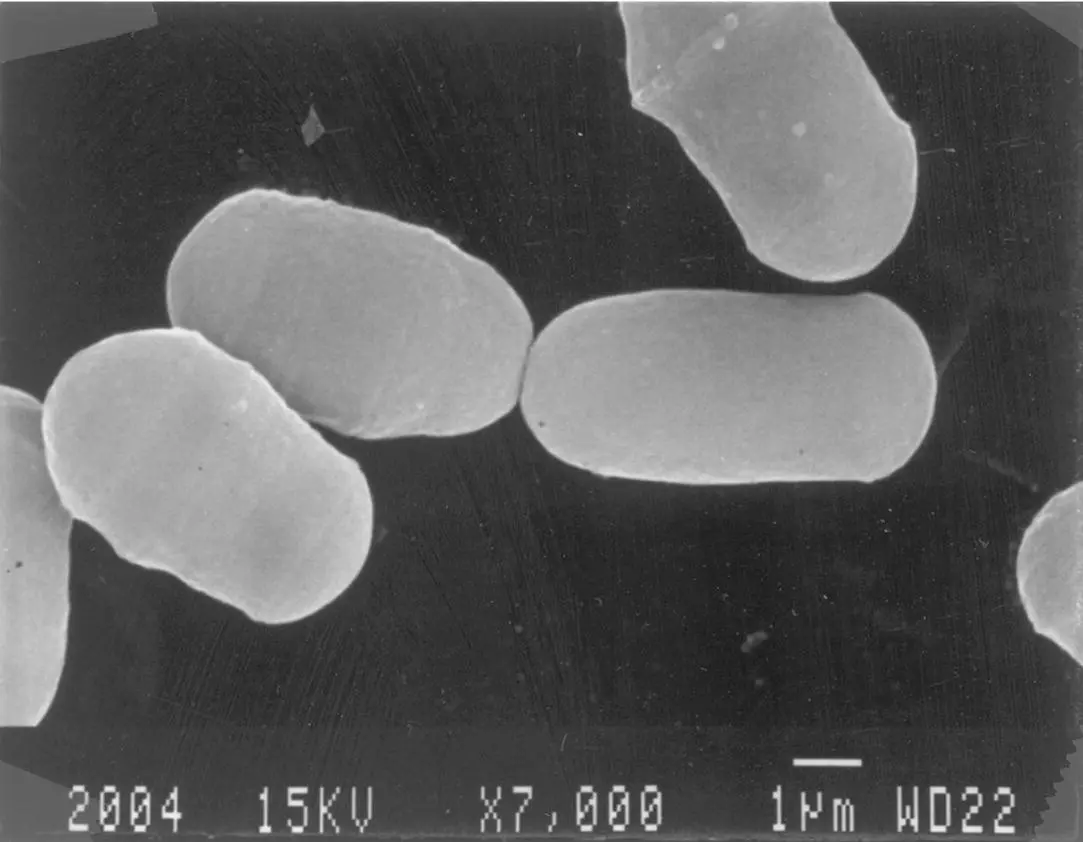
FIGURE 1.20 Binary fission of S. pombe .
( Source: Photographs from M. Mercier, Department of Electron Microscopy, Université de Bordeaux 1.)
Due to the relatively limited number of yeast species significantly present on grapes or in wine, these phenotypic tests identify winemaking yeast species in certain genera without difficulty. Certain species can be identified by observing growing cells under the microscope alone. Small apiculate cells, with small lemon‐like shapes, are indicative of the species H. uvarum and its imperfect form Kloeckera apiculata ( Figure 1.19). Saccharomycodes ludwigii is characterized by much larger (10–20 μm) apiculate cells. Since most yeast multiply by budding, the genus Schizosaccharomyces can be recognized because of its vegetative reproduction by binary fission ( Figure 1.20). In modern taxonomy, this genus only contains the species Schizosaccharomyces pombe . Finally, the budding of Candida stellata (formerly known as Torulopsis stellata ) occurs in the shape of a characteristic star.
According to Barnett et al . (1990), the physiological characteristics listed in Table 1.2can be used to distinguish between the principal grape and wine yeasts. Yet some of these characteristics (for example, fermentation profiles of sugars) vary within the species and are even unstable for a given strain during vegetative reproduction. Taxonomists have realized that they cannot differentiate species based solely on phenotypic discontinuity criteria. They have progressively established a delimitation founded on the biological and genetic definition of a species.
In theory, a species can be defined as a collection of interfertile strains whose hybrids are themselves fertile—capable of producing viable spores. This biological definition runs into several problems when applied to yeasts. First of all, many Ascomycetes yeasts are homothallic; hybridization tests are thus especially tedious and difficult for routine identification. Finally, certain wine yeast strains have little or no sporulation aptitude, which makes the use of strain infertility criteria even more difficult.
TABLE 1.2 Physiological Characteristics of the Principal Grape and Wine Yeasts (Barnett et al., 1990)
|
Fl D‐Glucose fermentation |
F2 D‐Galactose fermentation |
F3 Maltose fermentation |
F4 α‐D‐glucoside fermentation |
F5 Sucrose fermentation |
F6 α,α‐Trehalose fermentation |
F7 Melibiose fermentation |
| Candida stellata |
+ |
– |
– |
– |
+ |
– |
– |
| Candida vini |
v |
– |
– |
– |
– |
– |
– |
| Candida famata |
v |
v |
v |
– |
v |
v |
v |
| Dekkera anomala |
+ |
v |
v |
v |
+ |
v |
– |
| Dekkera bruxellensis |
v |
v |
v |
+ |
+ |
+ |
– |
| Hanseniaspora uvarum |
+ |
– |
– |
– |
– |
– |
– |
| Melschnikowia pulcherrima |
+ |
v |
– |
– |
– |
– |
– |
| Pichia anomala |
+ |
v |
v |
v |
+ |
v |
– |
| Pichia fermentans |
+ |
– |
– |
– |
– |
– |
– |
| Pichia membranifaciens |
v |
– |
– |
– |
– |
– |
– |
| Saccharomyces cerevisiae |
+ |
v |
v |
v |
v |
v |
v |
| Saccharomycodes ludwigii |
+ |
– |
– |
– |
+ |
– |
– |
| Kluyveromyces thermolerens |
+ |
v |
v |
v |
+ |
v |
– |
| Schizosaccharomyces pombe |
+ |
v |
v |
v |
+ |
– |
v |
| Zygosaccharomyces bailii |
+ |
– |
– |
– |
v |
v |
– |
|
C30 Galactitol growth |
C31 myo‐Inositol growth |
C32 D‐Glucono‐1,5‐lactone growth |
C33 2‐Keto‐D‐gluconate growth |
C34 5‐Keto‐D‐gluconate growth |
C35 D‐gluconate growth |
C38 DL‐Lactate growth |
| Candida stellata |
– |
– |
– |
– |
– |
– |
– |
| Candida vini |
– |
– |
– |
v |
|
– |
v |
| Candida famata |
v |
– |
v |
+ |
|
v |
v |
| Dekkera anomala |
– |
– |
v |
– |
– |
v |
v |
| Dekkera bruxellensis |
– |
– |
v |
v |
– |
– |
v |
| Hanseniaspora uvarum |
– |
– |
+ |
+ |
– |
v |
– |
| Melschnikowia pulcherrima |
– |
– |
+ |
+ |
|
+ |
v |
| Pichia anomala |
– |
– |
+ |
– |
– |
v |
+ |
| Pichia fermentans |
– |
– |
v |
– |
– |
– |
+ |
| Pichia membranifaciens |
– |
– |
v |
– |
– |
– |
v |
| Saccharomyces cerevisiae |
– |
– |
v |
– |
– |
– |
v |
| Saccharomycodes ludwigii |
– |
– |
v |
– |
– |
– |
v |
| Kluyveromyces thermolerens |
– |
– |
v |
v |
– |
v |
– |
| Schizosaccharomyces pombe |
– |
– |
v |
v |
– |
v |
– |
| Zygosaccharomyces bailii |
– |
– |
v |
v |
– |
– |
– |
To overcome these difficulties, researchers have developed a molecular taxonomy based on the following tests: DNA–DNA reassociation, the similarity of DNA base composition, the similarity of enzymes, ultrastructure characteristics, and cell wall composition. The development of DNA sequence analysis has profoundly changed the way in which yeasts are identified. More specifically, the comparison of gene sequences coding for ribosome RNA now resolves the taxonomic position of closely related species, as well as the most distantly related taxa. The sequence analysis of variable domains 1 and 2 (D1/D2) has been successfully applied to the identification of ascomycetous yeasts (Kurtzman and Robnett, 1998). Then, Fell et al . (2000) developed the method by bringing in an additional database to identify basidiomycetous yeasts. Moreover, analysis of internal transcribed spacer (ITS) sequences is often used to identify species (Granchi et al ., 1999). Currently, the sequencing of all genomes is used to refine the taxonomy of yeasts in phylogenomic studies.
Читать дальше
